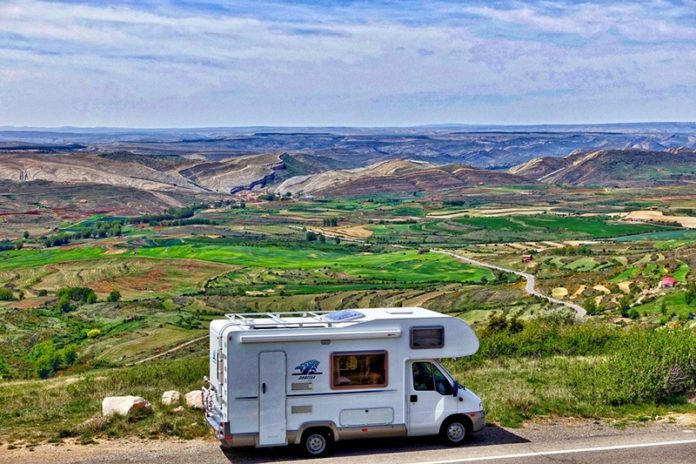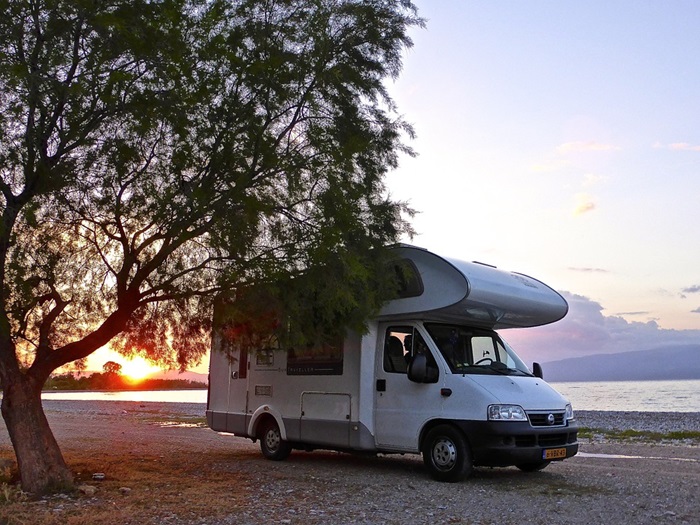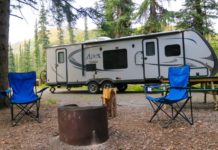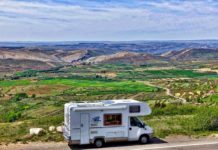If the daily grind is getting you down, you may have dreamed about buying an RV, throwing some supplies together, and hitting the road for good. The freedom and adventure that this unique lifestyle provides will change the way you think, live, and relate to the world forever – but you need to make sure you’re ready before you jump in. In this article, we’ll give you three easy steps you can take before you set out on a permanent road trip. Let’s begin.
1. Make Sure You Can Call an RV Home
If you already own an RV and use it as often as you can – with your family and pets on board – you probably know a thing or two about living successfully on the road. For those who have been dreaming of RV living but haven’t got extensive experience, the best advice is to experience an RV trip for a few weeks and then decide whether you could do it permanently. After you experience the feeling of freedom, the go-anywhere (at any time) lifestyle, and the challenges of living in a mobile home with limited space, you’ll know whether this is the lifestyle for you. Be sure to plan your RV with the things you like. If you like watching TV, consider having a TV facility. Having satellite internet for rv will allow you to surf the internet, work while traveling, and even connect with your family members.
2. Choose the Right RV
There are two important points when it comes to permanent RV living: buying an RV that’s the right size, and making sure it can handle all four seasons. There are essential features of a RV that you should know before choosing.
The size of your RV will determine how much space you have to live in and how easy the vehicle is to control and park. This will also have an effect when shopping for furniture for your RV, for instance. Many RV parks (especially older ones) are designed for a maximum RV length of 30 feet, making things difficult for families with 40-footers, despite the added living space. It’s also crucially important to get an all-season RV that is really well insulated to withstand summer and winter weather extremes – it’s an investment in your health and comfort. You may also need a generator. Here is how to pick the right size of generator.
3. Check – and Double Check – your Finances
Before you say goodbye to your old way of life and take to the open road, you’ll need to make sure you can afford it. If you’re retired, make sure your monthly income will cover your living expenses, including RV insurance, fuel, and maintenance costs. Working from your RV is possible, especially if you work remotely or make a living online, but you’ll need to make sure that you have reliable internet service.
Finally, it’s important to have an emergency stash of savings that covers at least six months of living expenses and decide what to do with your current home. Selling it to repay the mortgage and other debts may be a good idea, but if your home is paid for you may want to rent it and use the proceeds for your living expenses. Eventually, you may decide to live in your home half the year and spend the other half on the road or commit to a full-time RV living adventure. Having financial options is always a great idea.
Conclusion
Life on the road can be one of the most thrilling experiences you’ll ever have, as you explore the thousands of cities, towns, and landmarks across America. With the right RV, the right preparation, and most importantly – the right positive attitude – you’ll have a great time living your dream, making new friends, and getting a taste of adventure that most people never get to experience.












You know what I have this weird goal to leave in an RV after my retirement but I know it is not possible in my country.. my relatives in Oklahoma however have this kind of home.. I love to stay in an RV complete with all living amenities and where you can travel anywhere you want.. that’s absolutely an adventure